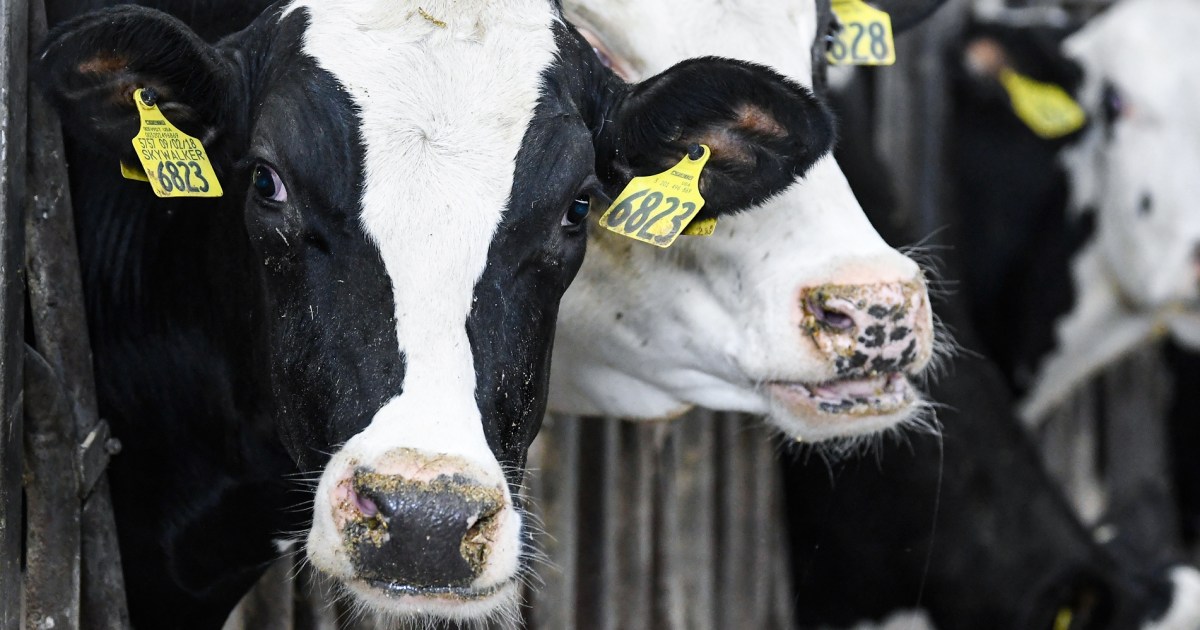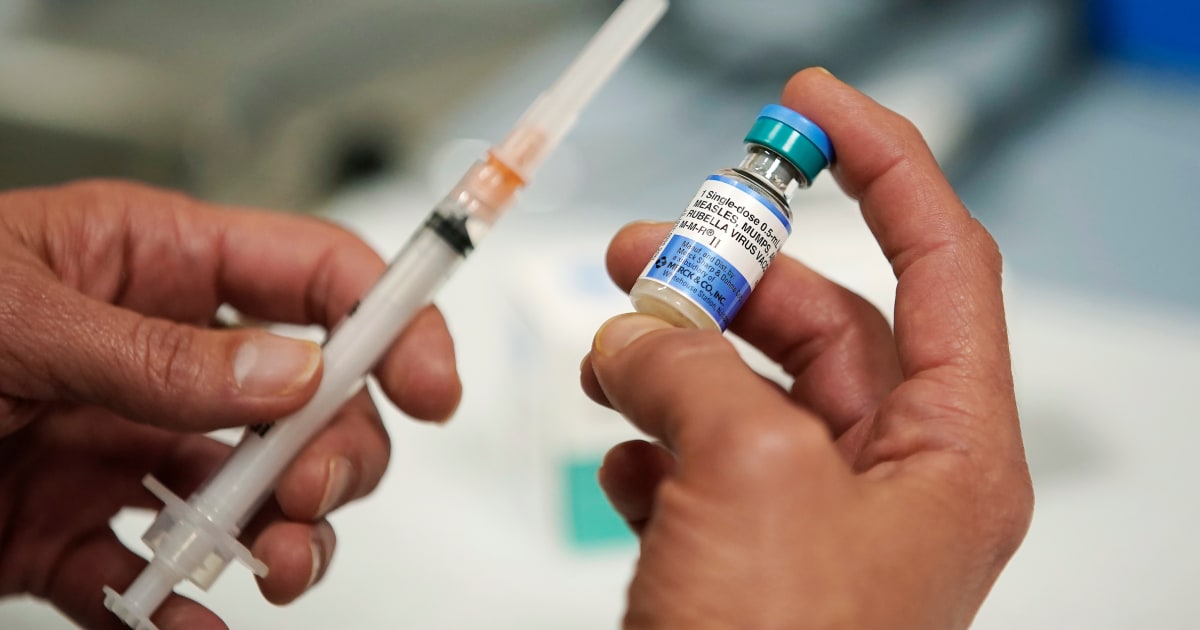CDC's monkeypox advisory for travelers 0:40
(CNN) --
The US Centers for Disease Control and Prevention (CDC) included three new destinations on Monday in its "high" risk category for COVID-19 infection, among which is a North American country.
In April, the CDC revised its classification system to assess the risk of COVID-19 transmission to travelers.
The Tier 3 "High" risk category is now the highest tier in terms of risk level.
Level 2 is considered "moderate" risk.
Level 1 is "low" risk.
Level 4, previously the highest risk category, is now reserved for only special circumstances, such as an extremely high case count, the emergence of a new variant of concern, or the collapse of the health infrastructure.
With the new system, so far no destinations have been placed at level 4.
The "Tier 3: High Covid-19" category now applies to countries that have had more than 100 cases per 100,000 residents in the last 28 days.
The three destinations joining Tier 3 this week are:
advertising
United Arab Emirates
Mexico
New Caledonia
Mexico, a favorite destination for American tourists, and the United Arab Emirates, the hot spot in the Middle East, were at level 2 last week.
Holbox Island, Quintana Roo, Mexico
New Caledonia, famous among diving enthusiasts, was previously in the unknown category, which means that the CDC did not have enough data for this Pacific Ocean destination to assign it a category.
As of June 13, there were nearly 115 Level 3 destinations. Level 3 locations account for nearly half of the approximately 235 locations monitored by the CDC.
Level 3
A classic view of the cityscape of Florence, Italy.
The southern European country remains at level 3. Credit: rh2010/Adobe Stock
Mexico and the United Arab Emirates are not the only favorite destinations in the "high" risk category.
Many other popular tourist destinations are also at level 3.
Much of Europe has stubbornly remained at that level for months as the summer travel season has kicked off.
As of June 13, the following popular European destinations were at Tier 3:
Germany
Spain
France
Greece
Ireland
Italy
Netherlands
Portugal
United Kingdom
It's not just European favorites that are in Tier 3. Many prominent travel destinations around the world are in the "high" risk category, including:
Brazil
Canada
South Korea
Costa Rica
Malaysia
Thailand
The CDC advises that you be up-to-date on your COVID-19 vaccination schedule before traveling to a Tier 3 destination. Being "up-to-date" means you have received not only your initial vaccination schedule, but also any boosters for which be eligible.
Get to know the island that went from being a prison to becoming an ecotourism treasure
Level 2
The Oak Ridge area on the island of Roatan, Honduras, at sunrise.
Honduras dropped to level 2 this week.
Credit: Wollwerth Imagery/Adobe Stock
Destinations with the "Level 2: Moderate COVID-19" designation reported 50 to 100 COVID-19 cases per 100,000 residents in the past 28 days.
Three places moved to this level on Monday:
Cape Verde
Honduras
Saba (Dutch island in the Caribbean)
The change was welcome news for Honduras and the sleepy Caribbean island of Saba, which had been in Tier 3. Cape Verde, an archipelago in the Atlantic Ocean off the coast of Africa, had been in Tier 1.
On June 13, there were only 16 destinations on level 2.
You can check the CDC's risk levels for any global destination on the agency's travel advice page.
In its broader travel guidance, the CDC has recommended avoiding all international travel until fully vaccinated.
If you are concerned about a specific travel health situation not related to covid-19, check here.
Level 1
Classic cars are part of the Old Havana scene.
Cuba has moved to Level 1, considered "low" risk for covid.
Credit: diegograndi/Adobe Stock
To be in "Tier 1: Low COVID-19," a destination must have had 49 or fewer new cases per 100,000 residents in the past 28 days.
Only two destinations were added to the category on June 13:
Cuba
Iraq
Both nations had been at Tier 2.
Unknown
Finally, there are the destinations that the CDC has considered "unknown" risk due to lack of information.
These are usually, but not always, small, remote places or places with ongoing warfare or unrest.
This week two places have been added to this category:
Belarus
Maldives
They had both been at level 3 last week.
The CDC advises against traveling to these places precisely because the risks are unknown.
Other destinations in this category are
Cambodia, the Canary Islands, Macao and Tanzania.
A medical expert weighs in on risk levels
Transmission rates are "a benchmark" for estimating travelers' personal risk, according to Dr. Leana Wen, a CNN medical analyst.
"We are entering a phase of the pandemic where people have to make their own decisions based on their medical circumstances, as well as their tolerance for the risk of contracting Covid-19," said Wen, who is an emergency physician and professor. in health policy and management at the George Washington University Milken Institute School of Public Health.
Transmission rates are important to consider when making travel decisions, but there are other factors as well.
"Transmission rates are a guide," Wen said.
"Another is what precautions are required and followed in the place you're going and then the third is what do you plan to do once you're there. Do you plan to visit many attractions and go to closed bars? That's very different from going to a place where you plan to be on the beach all day and not interact with anyone else. Those are very different levels of risk."
Before you travel, it's also important to consider what you would do if you end up testing positive away from home, Wen said.
Where will you be staying and how easy will it be to get tested to return home?
While US-bound travelers no longer have to submit a negative COVID-19 test to return home, the CDC still advises testing before boarding flights returning to the US And don't travel if you're sick.
'Inundated with American travelers': End of covid-19 testing requirements opens doors to summer travel
"Of course, if people have symptoms or are exposed while traveling, they should get tested and, if positive, follow CDC isolation guidelines," Wen told CNN Travel on Friday.
CDCTourism















